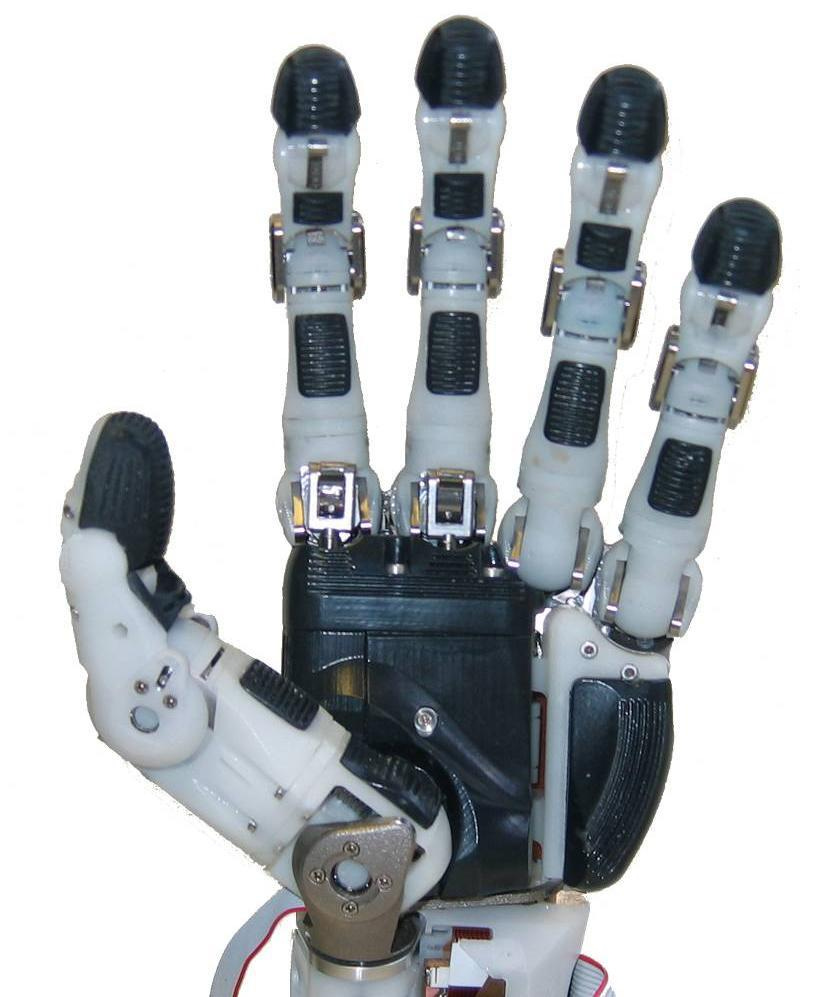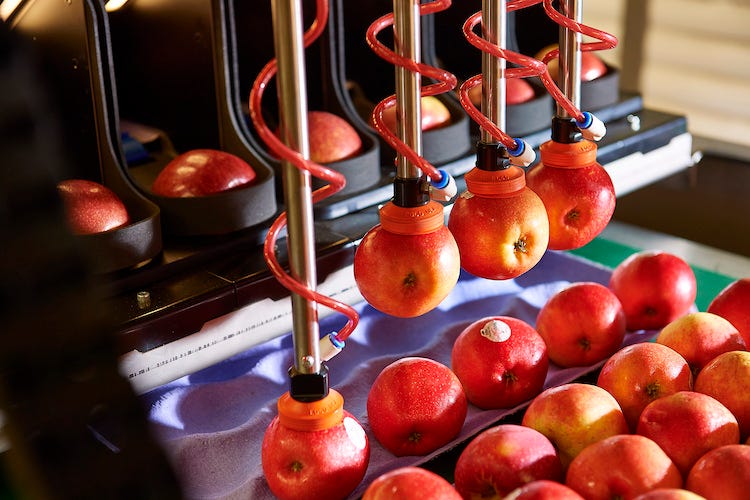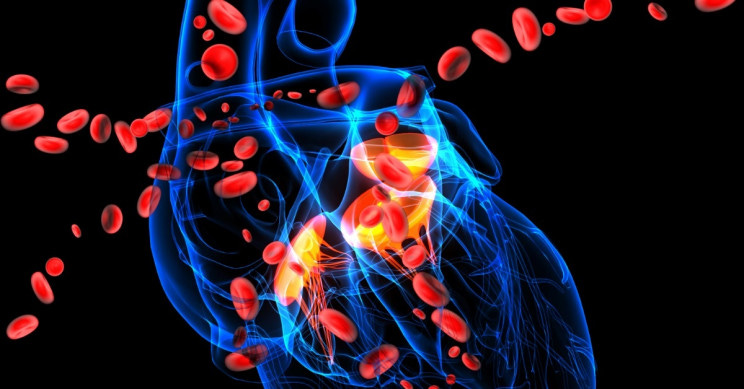This week, rather than focusing on a specific topic I will highlight a range of technological improvements that I have come across in the past week or two. We will look at things ranging from detecting fake handbags to 3D printed hearts. Technology is everywhere and the advances are constant.
Entrupy, AI for detecting fake handbags
Product authentication is a large and growing problem in many industries, particularly the luxury goods industry. In 2017 the US Customs and Boarder control seized US$234,000,000 worth of fake handbags and wallets. That is just the US and just what was found. The problem is massive for luxury goods manufacturers.
Entrupy is an AI driven app and hardware device that is able to detect fake luxury handbags (currently for 15 brands). A guided authentication process with the manufacturer allows the system to collect a series of images based upon 500 data points per bag to determine whether an item is authentic or not. The result is available within 4 seconds and has a proven 99.1% accuracy.

Use of the system will allow purchasers a very high degree of confidence in the authenticity of a purchase. This applies to retail establishments selling new product and to second hand sellers on sites such as EBay. Entrupy is currently expanding their authentication into other products.
Food Authentication
Food is food, right? What is on the packet is in the packet? There is a large margin in faking a handbag but low cost food is bound to be authentic? Well in many cases, probably not! Ambrosus, a Swiss blockchain company, commissioned a study on Olive Oil sold in the US. A staggering 70% of the Olive Oil sold was not what it claimed to be in terms of origin, quality (Virgin v Extra Virgin v Cold Pressed etc), age and some Oil was found not be Olive Oil at all.
This issue is large and will become much larger in the coming years as fraudulent claims in relation to Organic, Sustainably Sourced, Point of Origin and other premium qualities increase. There are a number of companies working on fixing this issue by increasing the transparency of all claims at all points in the supply chain, with independent 3rd party accreditation. 3 Australian Startups working in this area are Provenance, FreshChain and Lumachain.
A Robot that can grasp objects in wet and dry conditions
A team of researchers at Kanazawa University has developed a robot control system – or fingertips – for grasping and releasing objects in dry and wet conditions. Robots have been able to grasp objects for some time however each robot was developed for a specific type and quality of object.
A soft-surfaced fingertip of a robot hand is deformable and can grasp an object of complicated form rather easily, since the contact area can be enlarged by surface deformation in response to the object form. Soft-surfaced fingertips are very effective in grasping soft objects; even tofu can be grasped.

Robots that pack Apples
Robotics Plus, a New Zealand company, recently won the ANZLF Trans-Tasman Innovation and Growth Award from the Australia New Zealand Leadership Forum. Founded in 2013, Robotics Plus is attempting to improve the quality, productivity and sustainability of the horticultural and other primary industry supply chains. The company’s R&D efforts focus on automation, vision, robotics and AI, to solve the growing challenges in primary industries globally such as: labour shortages, sustainability for growers and producers, pollination gaps and yield security. This apple packer automates the packing of apples onto trays for transport without damaging the fruit.

Their web site features a video of an automated picker for, you guessed it, Kiwi Fruit. They have recently expanded out of New Zealand and launched in Europe and the US.
A Soft Bodied Swimming Robot that uses light as a direction finder and power source.
UCLA scientists have developed a soft-bodied robot that is powered by and attracted to light. This robot is able to use a direct light source for swimming, without the need for a battery pack or power tether. The team believes their new design could have some interesting applications for new designs of ocean-going robots, medical treatments, and autonomous ships.

A new Biomarker that can predict Heart Attacks
Oxford University researchers have used a machine learning algorithm to detect a Biomarker that has better predictive capabilities of people likely to have a heart attack. They claim that it can identify people at risk 5 years before a heart attack strikes.
The Biomarker is called a Fat Random Profile. It detects biological ‘red flags’ in the perivascular space lining of blood vessels. Signs of inflammation, scarring, or any change in these blood vessels can point to the possibility of future heart attacks. Early identification allows preventative steps to be taken.
A 3D printed Heart
BIOLIFE4D, a Chicago startup, have demonstrated the ability to print a mini human heart. This is the first step in being able to print a full sized human heart that can be used for a transplant. The mini heart was printed with the structure of a full-sized heart, including four internal chambers. It replicates partial functions of a full-sized heart.

Last year the company was able to 3D bioprint various individual heart components such as valves, ventricles, blood vessels, and human cardiac tissue. By printing a heart, using the patients own cells, rejection of the new organ will be eliminated thus removing one of the largest risks with transplants.
Black Squid Jacket
The black squid jacket is a fully waterproof and windproof jacket that mimics the adaptive camouflage of the squid. A Black Squid is able to change color and appearance at high speed with infinite variety to hide, attack or communicate. The jacket uses over 2 billion microscopic glass spheres, lasers and resin to replicate this ability.

In dull light conditions it looks like metal or oil however when exposed to bright light it instantly reflects every color in the visible spectrum. This power is very useful if you want to be seen on the ski slopes (just don’t get lost at night) or to stand out in a crowd. In every photo that you take, the jacket will look different in terms of patterns and colors.
Ok, this might not be a technological breakthrough at the same level as a 3D printed heart but looking good and standing out is important to some. At US$1,000 per jacket you are sure to look unique (the link to buy one is at the start of this story). The ability to have every photo look different is critical for the selfie crowd.
Australian Startups
Finally a shout out to Gabriel Machuret and Australian Startup Founders. Gab is building a website that features a wide range of startup founders in Australia. Visit here for Founder interviews (including with me!), startup information, tips on Marketing, Capital Raising, Growth and much much more.
Paying it Forward
If you have a start-up or know of a start-up that has a product, ready for market please let me know. I would be happy to have a look and give the start-up a shout out to my readers if it is something that I think they could use. If you have any questions or comments please email me via my website craigcarlyon.com
I would also appreciate it if you could forward this newsletter to anyone that you think might be interested.
Till next week.


